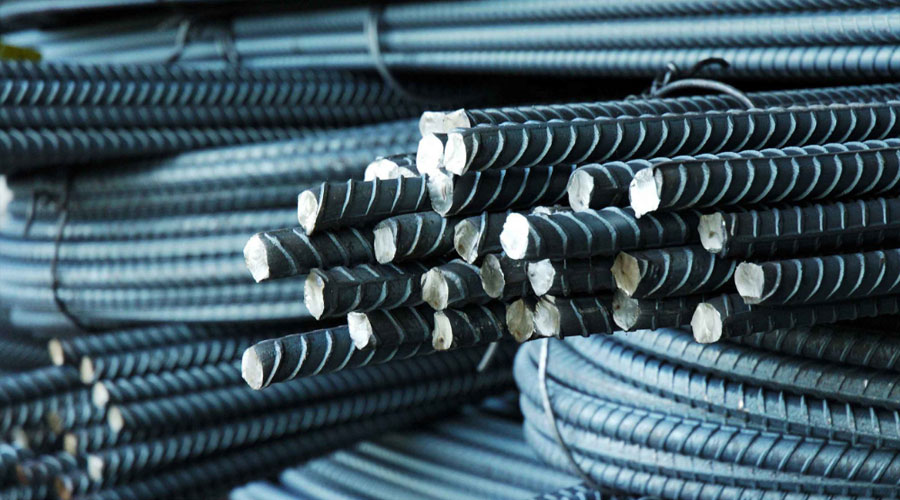New Delhi: December 3. The economic development of India is dependent to a considerable extent on the performance of the country’s steel sector. To further the trend the Indian steel industry requires policy formulation and implementation to leverage upcoming export opportunities, increased investments in domestic research and development (R&D), rapid execution to build essential logistics infrastructure, according to the latest EY – CII report, ‘Steering India into a US$5 trillion economy with Steel’ launched today at the CII – Steel Mart 2021.
“Government support in terms of logistics, ports, roads, rail and water supply amongst others is required by the steel sector for achieving the target of 300 MT steel production by 2030.” said V R Sharma, chairman, CII Steel Mart 2021 & managing director, Jindal Steel & Power Ltd.
Speaking at the launch Saurabh Bhatnagar, mining & metals consulting leader, EY India said, The government is providing support to the steel industry for rapid growth through policy formulation and strict governance. Industry players will have to play their part in demonstrating discipline in capital spends and foresight of investing in the right technologies for expansion. The forces of global trade and sustainability would need to work in sync to execute existing strategic plans, update them basis emerging threats and opportunities which are unique and relevant to India, and draw up a collaborative game plan to nurture the future of a robust and a sustainable steel industry.”
The Indian steel sector has been vibrant and growing at a CAGR of about five to six percent year-on-year with V-shaped demand recovery post-COVID. According to the report, enhancing export orientation and presence in attractive products-markets, strengthening domestic steel industry through policy support, efficient resource utilization, and achieving sustainable operations in steel industry and research and development led product innovation are some of the interventions that will help the Indian steel industry accelerate.
While there are a number of initial steps that have been undertaken by major Indian steel players for R&D, policy intervention by government and industry collaboration, there is a persistent need to engage and develop deeper levels of collaboration across different stakeholders within the steel ecosystem. This collaboration across the stakeholders need to operate across three levels: (i) policy (ii) sector (iii) organization
Policy level interventions
Firstly, there should be focus on the integration of science and research labs, universities, government level agencies and industry level partnerships through a policy framework to promote advanced R&D activities. Secondly, establishment of a nodal agency to provide structural review and policy support by seeking inputs from different stakeholders to address dimensions of technological upgradation, product innovation, skill development and productivity. Thirdly, in line with the Governments thrust on Atmanirbhar Bharat or Make in India, T policies, tax benefits and other interventions could help to excite the smaller and medium scale mills to also start producing high grade steel. It would also help to open the market and make pricing more competitive.
Sector level
A consortium of leadership groups across steel companies, user sectors research labs, academia can create a roadmap on sector specific strategies to be adopted for technology and product innovation. In Japan, Europe and the US there is a strong sector-level collaboration to help companies look into the future and bring path breaking technologies and products, with funds and support from both the industry and the government.
Organization level
Based on their specific requirements, steel companies can explore technological collaboration with certain foreign players across the value chain. The objective would be to ensure seamless transfer of technology from foreign players to India and foreign players leveraging Indian steel industry’s bulk capacity and manufacturing capability for distribution of products in the domestic market and export overseas to have a win-win proposition for both the partners. Japan and Russia have been key strategic partners for India to produce quality steel

